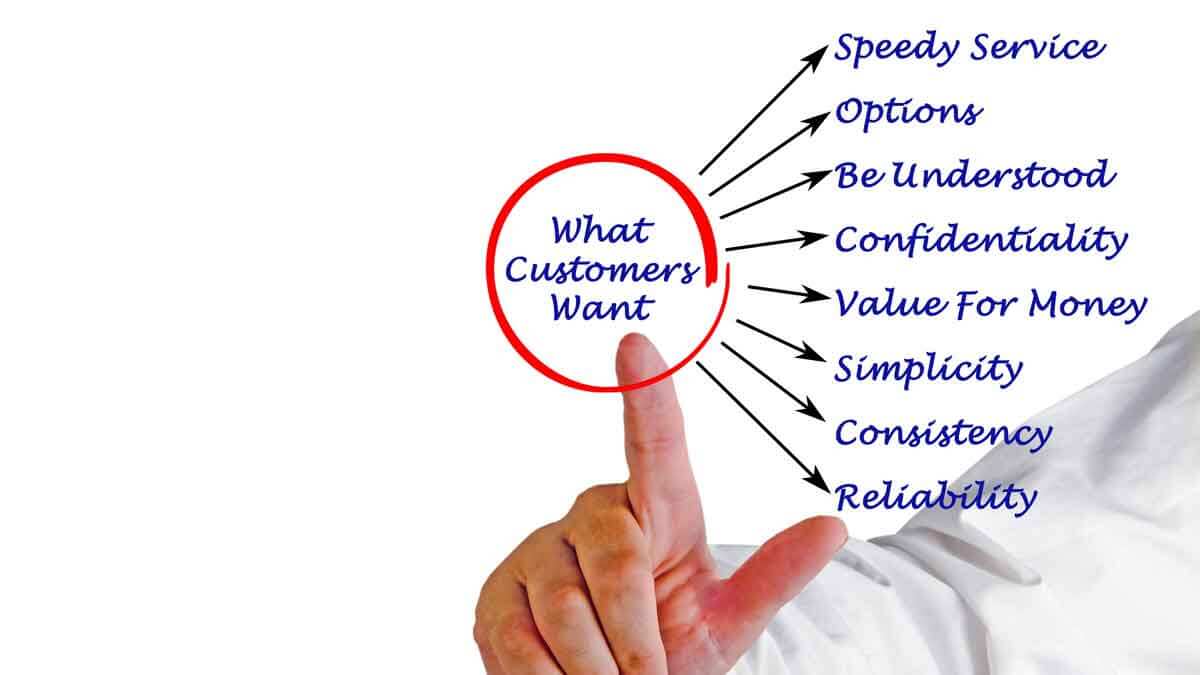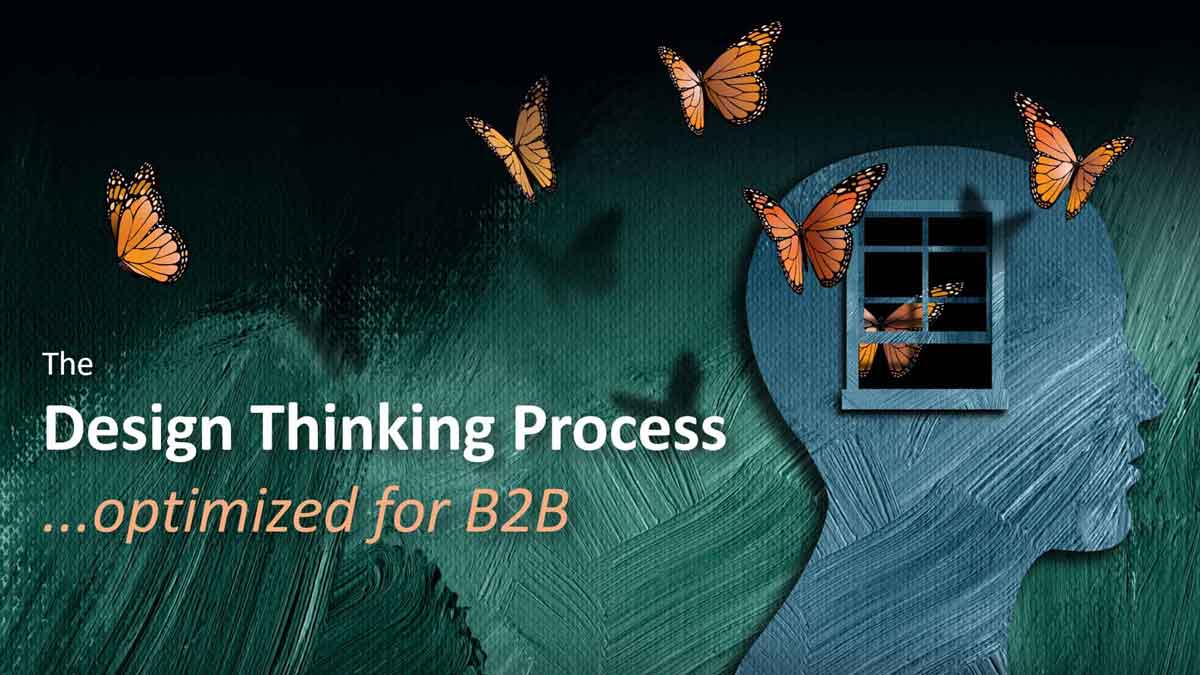Unlike many B2C benefits, e.g. amusement, comfort, and self-esteem, B2B customer benefits are usually measurable, economic and—wait for it now—predictable. This predictability means B2B suppliers who study customer outcomes, like a science, will be handsomely rewarded. B2B customers will eagerly help you… if you know how to ask them.
More in white paper, www.guessingatcustomerneeds.com
If the customer felt they helped you with your interview, you probably wasted your airfare. But if they felt it was their interview, asked for a copy of the notes, and said you were a good meeting facilitator… you probably learned things your competitors don’t know. B2B insight skills are needed for this. Do your people have them?
More in e-book, www.reinventingvocforb2b.com (page 9)
Your “second objective” after customer insight should be customer engagement. These 9 approaches help: 1) Kill the questionnaire, 2) let customers lead, 3) discuss their “job-to-be-done,” 4) project your notes, 5) focus on customer outcomes, 6) probe… deeply, 7) don’t sell or solve, 8) get quantitative, and 9) use triggers. ... Read More
Clever companies realize they’ll “hear what they want to hear” without quantitative VOC. To do it right, B2B companies should weight responses based on customer buying power. And don’t just ask for importance ratings: Ask for satisfaction ratings as well. The only hope for premium pricing is pursuing needs that are both important and unsatisfied. You can use something called Market Satisfaction Gaps to point you in the right direction.
More in white paper, www.marketsatisfactiongaps.com
Can Voice of the Customer methods be helpful for Sales? Consider the purpose of VOC – to understand customer needs for innovation. Could it be possible that these innovation methods could help sales as well? Let’s look at 11 VOC principles that will improve sales effectiveness. 1. Talk first; listen later. In today’s fast-paced world, ... Read More
Traditional VOC relies on questionnaires, tape recorders and post-interview analyses. That’s fine for B2C, but your B2B customers are insightful, rational, interested and fewer in number. They’re smart and will make you smarter if you engage them in a peer-to-peer fashion, take notes with a digital projector, skillfully probe, and let them lead you.
More in 2-minute video at 14. Understand your B2B advantages
Are you launching one breakthrough new product after another? Or are your new products evoking yawns from customers? Research shows the most likely reason for the latter is failing to properly 1) uncover, 2) understand, and 3) prioritize market needs. Here’s how to correct this in your B2B new product development. We shouldn’t be surprised ... Read More
Warren Buffet once observed, “Only when the tide goes out do you discover who’s been swimming naked.” If you’re a business leader worried about your “exposure” in troubled times, consider three tools to put in your economic survival kit: 1) cut the waste, 2) invest in B2B training, and 3) increase customer engagement. 1. Cut ... Read More
Many suppliers unwittingly detach from customers with a host of risky behaviors: 1) Asking customers to fill in boring questionnaires, 2) using interviews to “validate” their preconceived solutions, 3) failing to probe with insightful questions, and 4) neglecting to follow-up interviews with rich, ongoing engagement. Is it time to learn customer-engagement skills?
More in 2-minute video at 29. Engage your B2B customers
We’ve coached hundreds of B2B new product teams and here’s the awkward reality: When teams begin using advanced methods to interview customers, they are usually surprised by what customers want. This means the teams had been planning on developing a product that interested them, not customers. This is a sobering experience. Have you had it yet?
More in 2-minute video at 25. Let your customers surprise you
It’s ironic: B2B customers have the only vote on whether our new product is any good. B2B customers want us to innovate on their behalf. B2B customers are eminently qualified to guide us. Yet many suppliers all but ignore B2B customers when developing their product concepts. Today, this malpractice is global and pervasive in nature. We can do much better.
More in white paper, www.guessingatcustomerneeds.com
If you develop new products, the design thinking process can help. All the more so if you’re a B2B innovator: You can upgrade the most important parts of design-thinking in ways consumer goods developers can only wish for. Here’s what you must do differently for B2B-optimized design thinking. Imagine a chemical engineering student taking an ... Read More
No one likes to be average—another word for mediocre—in something as important as growing their business. Of course, half of all businesses are below average in any given year. And few in the above-average ranks for B2B growth are confident they can stay there year after year. This can change for your business. You can ... Read More
Has your business correctly answered 4 questions? 1) Would better customer insight improve our innovation success? 2) Should we take a DIY approach to customer insight (vs. using “hired guns”)? 3) Should we learn improved customer insight from external trainers (vs. training ourselves)? 4) Should gaining this customer insight capability be a top priority (vs. other priorities)? ... Read More













